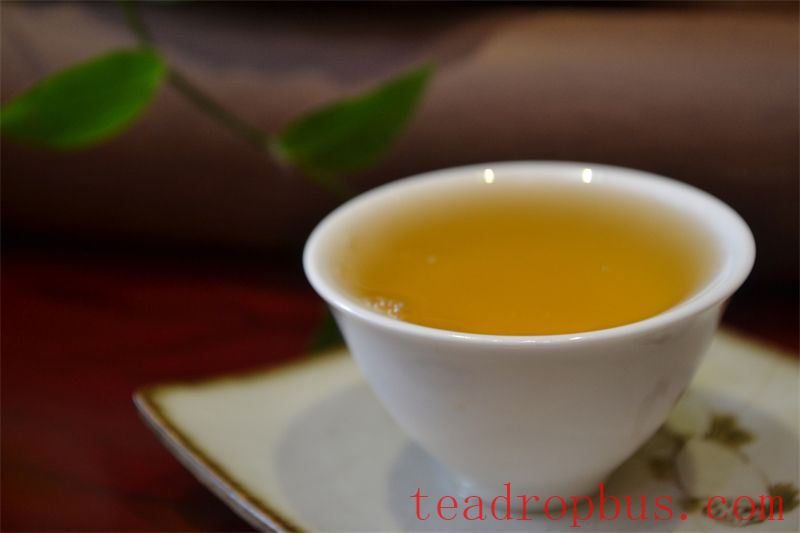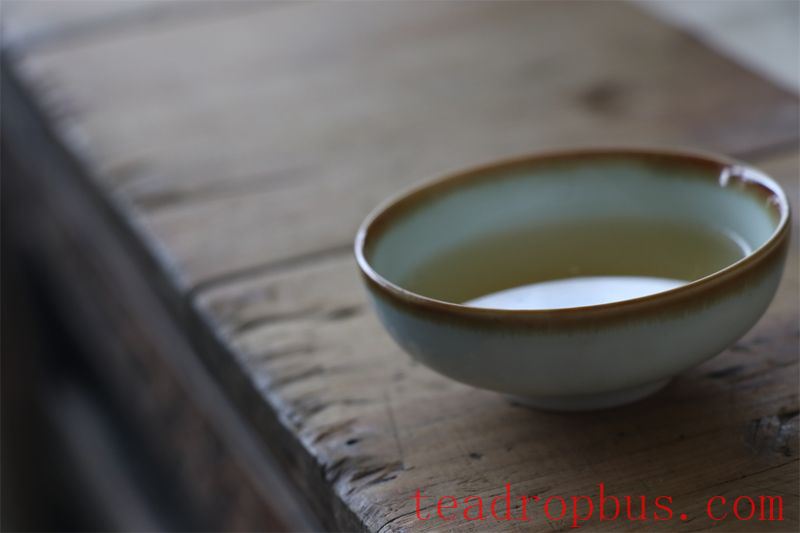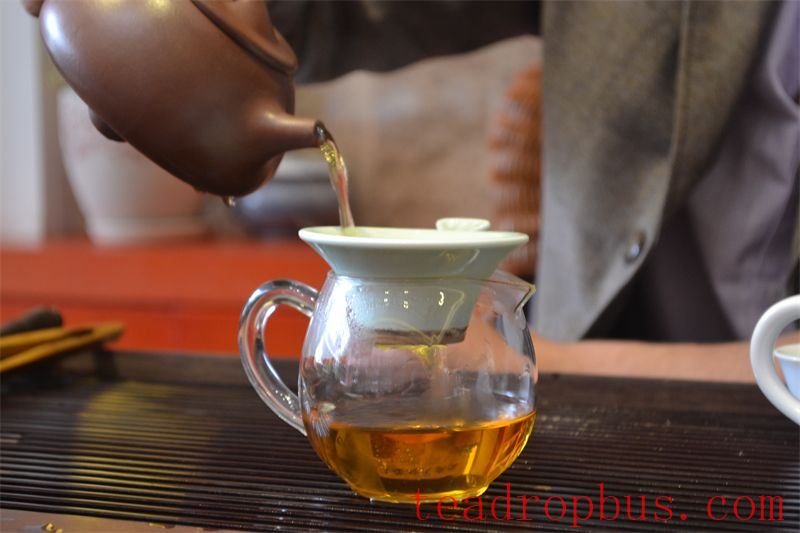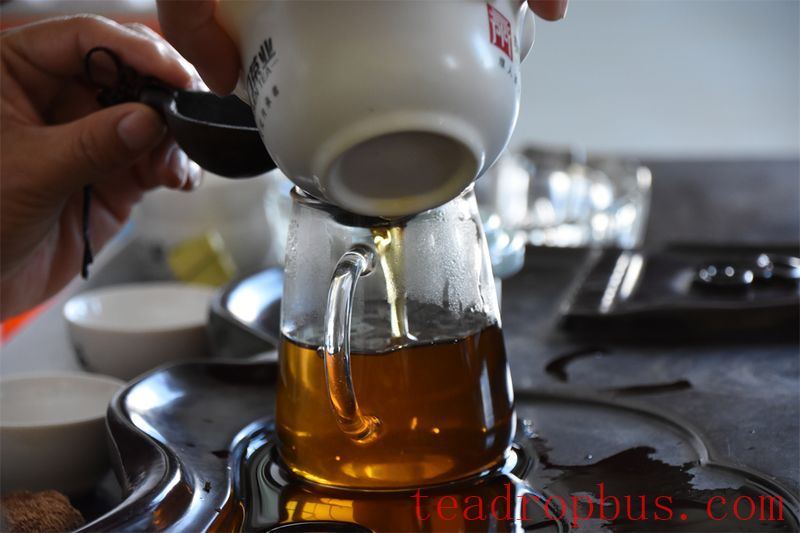This year, the Start of Autumn falls on August 8th.
The Start of Autumn is the 13th of the 24 solar terms and marks the beginning of autumn, the first solar term of the season. It signals the start of the early autumn period; “autumn” refers to the transition from heat to cool.

Climate at the Start of Autumn
In ancient China, the Start of Autumn was divided into three phases: “first phase, cool winds arrive; second phase, dew begins to form; third phase, cold cicadas begin to chirp.” This means that after the Start of Autumn, people will feel a cool breeze, which differs from the hot winds of summer; then, morning dew will appear on the ground; and cold-sensitive cicadas will start to sing.
There's a saying, “An early Start of Autumn brings a chill, while a late one can scorch like fire.” Folk wisdom suggests that if the Start of Autumn occurs in the morning, the weather will be cool; if it happens later in the day, the heat will continue for some time.
Health Preservation at the Start of Autumn
Astronomy experts state: After the Start of Autumn, the mornings and evenings become cooler, and autumn rains increase, making the climate variable. During this time, the public should pay attention to health preservation to avoid contracting various illnesses that could affect their well-being.
1. The Start of Autumn Meets the Dog Days—Beware of the “Autumn Tiger”!
This year, the Start of Autumn still falls within the “Dog Days,” so the heat won't dissipate easily. Health experts advise: “The last heatwave can be deadly,” so citizens should closely monitor weather forecasts. If the “Autumn Tiger” appears, take precautions against heatstroke and prepare for the gradual temperature drop at night to avoid catching a cold.

2. Health Preservation at the Start of Autumn—Conserving Yang Energy
After the Start of Autumn, the natural world's yang energy begins to contract and descend, so preparations should be made to conserve yang energy.
Going to bed early aligns with the contraction of yang energy, and rising early allows the lungs to expand. Additionally, going to bed early and waking up early reduces the risk of blood clot formation, which can prevent cerebrovascular diseases like strokes.
3. Health Preservation at the Start of Autumn—Nourishing the Lungs and Protecting the Liver
The lungs are associated with metal, and the Landscape turns golden in autumn, indicating the dominance of the lungs. Autumn is also a season of harvest, and dryness is its characteristic, which can easily harm the “delicate” lungs that don't tolerate cold or heat well, thus requiring nourishment to combat dryness and maintain moisture.
Autumn is associated with metal, which suppresses wood, so the energy and blood flow of the liver are inhibited during this season. As the liver governs vision, eyesight may decline. Attention should be paid to protecting the liver by going to bed early and rising early.
The Start of Autumn and Tea
Tea harvested between the Start of Autumn and the Limit of Heat is known as the Start of Autumn Tea.
Before the Start of Autumn, tea plants grow vigorously. After the Start of Autumn, the growth of tea plants slows down like a car suddenly braking, gradually changing direction. During this period, the sultry climate begins to moderate. The leaves thicken, and the internal density increases, giving the tea a richer flavor.
The Start of Autumn tea captures the natural power of ripening in all things.
Tea Tips for Late Summer Heat
After the Start of Autumn, the seasons change, and the residual heat hasn't completely dissipated. The climate becomes dry, and the body's fluids haven't fully balanced, causing people to feel thirsty and fatigued. In traditional Chinese medicine, this is called “autumn dryness” and “autumn fatigue.” At this time, drinking tea for health should focus on warmth and moisture.
The most suitable tea to drink at the Start of Autumn is Oolong Tea. Oolong tea, also known as green tea (not to be confused with green tea), is a partially fermented tea. Oolong tea has a golden hue, a rich aroma, and a refreshing, sweet aftertaste. It combines the fragrance of green tea and natural floral notes with the robust taste of black tea, offering a moderate warmth. Regular consumption benefits the lungs, moistens the throat, and effectively clears residual heat from the body, making it ideal for health preservation in autumn.

Notable varieties of oolong tea include Fujian oolong, Guangdong oolong, and Taiwan oolong, with Wuyi rock tea from northern Fujian and Tie Guan Yin from southern Fujian being particularly famous. However, many oolong teas are named after the specific tea plant variety, such as Tie Guan Yin, Qi Lan, Mei Zhan, Shui Xian, Tao Ren, and Mao Xie.
Oolong tea is typically brewed strong, with an emphasis on aroma and taste. Hot water at 100°C is used to steep the tea, and after a short while, the tea liquid is poured from the teapot into cups. Drinking it provides a calming effect and fills the mouth with a lingering fragrance.
How to Sleep Soundly When the “Autumn Tiger” Strikes?
One principle of health preservation at the Start of Autumn is to go to bed early and rise early. Using a tea pillow can help improve sleep. As the “Autumn Tiger” approaches, consider preparing a few tea pillows to cope with the late summer heat.
Using Tea for Pillows, an Ancient Practice
The “Qianjin Fang,” a medical text by the renowned Tang Dynasty physician Sun Simiao, records: “Using tea in a pillow can improve vision, clear the mind, and prolong life.”
The poet Lu You used a tea pillow his entire life and maintained good vision and hearing even at the age of 80.
What Type of Tea Should Be Used for a Pillow?
To make a tea pillow, use older tea leaves from the tea plant. These leaves have a strong tea scent but do not taste good when brewed, so they are often discarded by tea farmers. They can be repurposed for this use. The leaves need to be dried in the shade rather than exposed to direct sunlight, which would cause the aroma to dissipate and reduce the effectiveness of the pillow.
What Are the Health benefits of a Tea Pillow?
Based on the principles of traditional Chinese medicine, the tea pillow is designed to keep the head cool and the feet warm, utilizing the theory of “smell therapy.” The tea in the pillow emits a fresh fragrance, regulating the central nervous system and improving sleep quality. The thousands of effective components in the tea are absorbed through inhalation and transdermally, benefiting the eyes, brain, and overall sleep health.

Who Can Benefit from a Tea Pillow?
A tea pillow is suitable for those with high metabolic rates, especially those who sweat heavily while sleeping. Some people sweat excessively while sleeping, which can dampen the pillow, creating a breeding ground for pathogens, mites, and dust that can trigger asthma or skin infections. A tea pillow is especially suitable for children.
A tea pillow can help improve vision, clear the mind, and boost work efficiency. Students can benefit from using it to protect their eyesight, treat eye problems, calm the mind, and clear acne. Adults can gain multiple benefits, including antiviral effects, radiation protection, blood pressure regulation, complexion improvement, eye health, and relief from sub-health conditions.